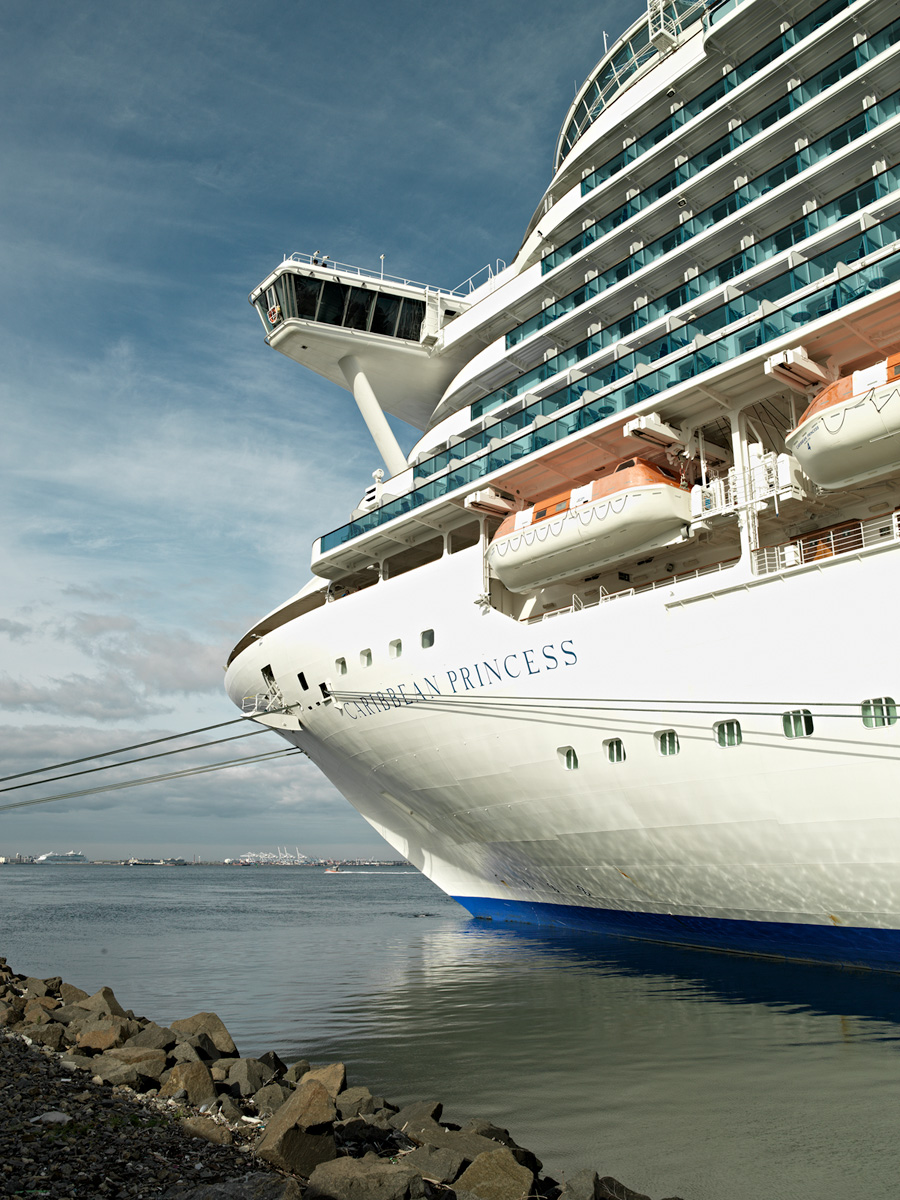However …You can use Hasselblad V lenses on the Pentax 645z no problem. There are adapters available for under $100.
The Hasselblad CFV50c back looks very nice but it lacks live view and that is just unacceptable in a $15,000 CMOS back.
I would look into the Phase (or Leaf Credo) IQ160/260 and IQ180/280 backs. The sensor is large enough that a standard 80mm still feels like one instead of a tele lens (like it does with the smaller 50mp sensor).
When you put a CF/CFi/CFE Zeiss lens on any 645 SLR FP camera it is stop down metering & shooting, and limited to 1/125th top sync speed.:thumbdown:
Plus, you can't remove the Pentax 645Z back and put it on a tech camera or Hasselblad V SWC.:thumbdown:
The CFV/50C is getting LV just like the H5D/50C did via firmware.:thumbup:
If you put any other back other than a CFV on a V camera you have to use a PC cord.:thumbdown:
All the current 50 CMOS sensors are crop-frame. If you want the CMOS attributes then the larger Phase or Leaf CCD backs is moot advice.:thumbdown:
If you don't care about the CMOS attributes and want the larger sensor size then there is the CFV50.:thumbup:
- Marc






